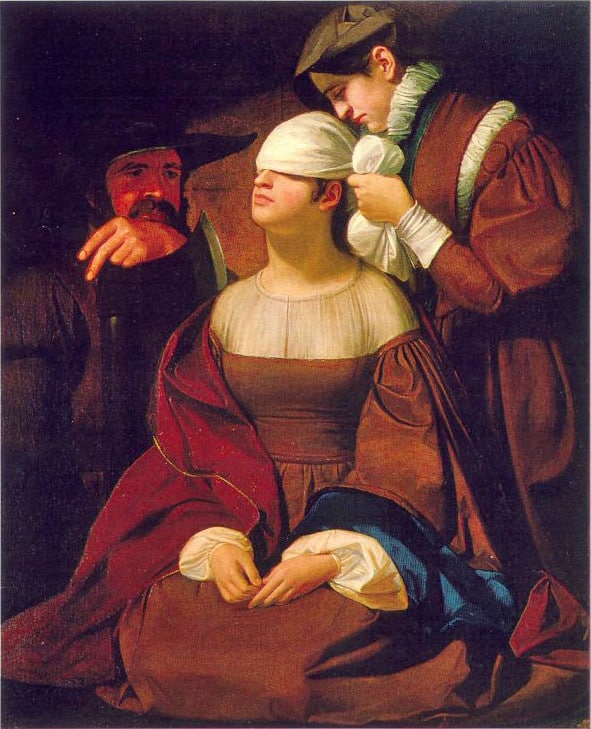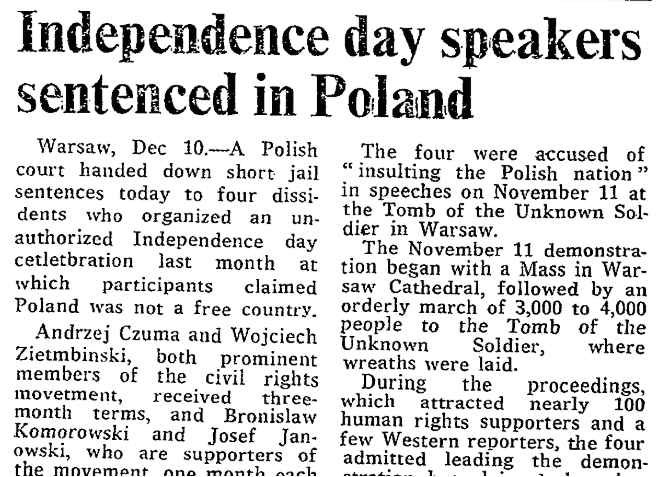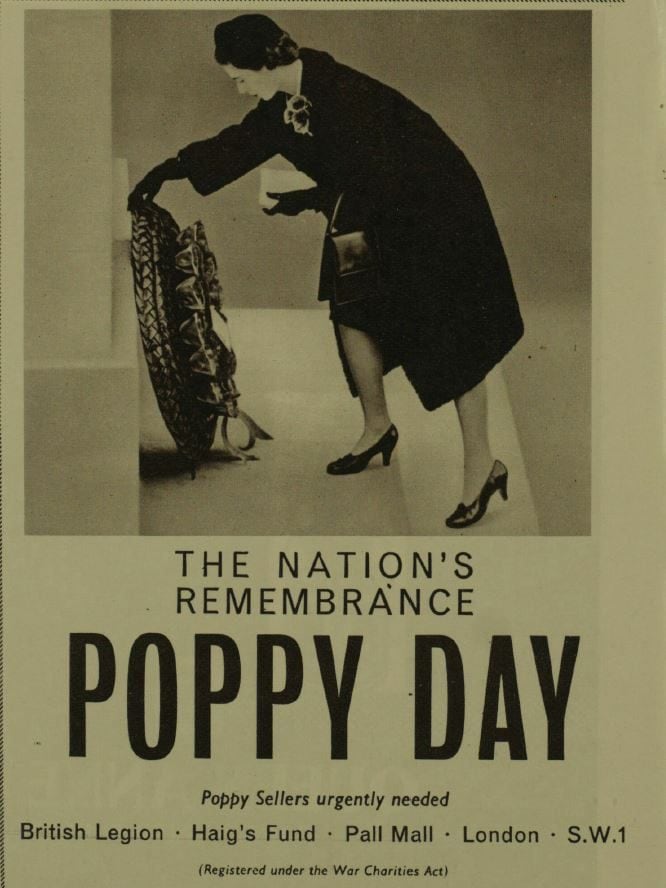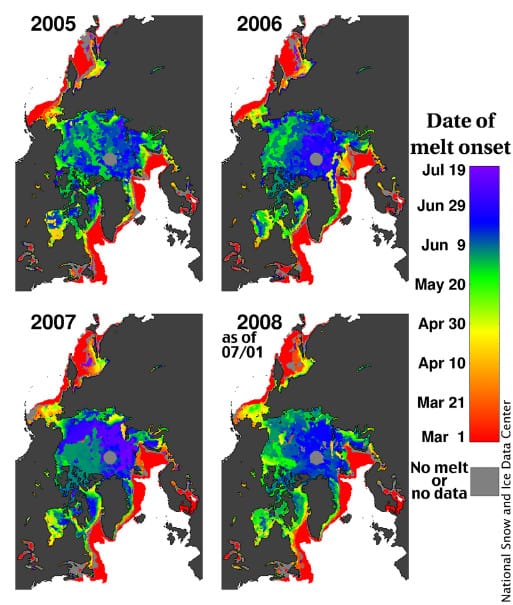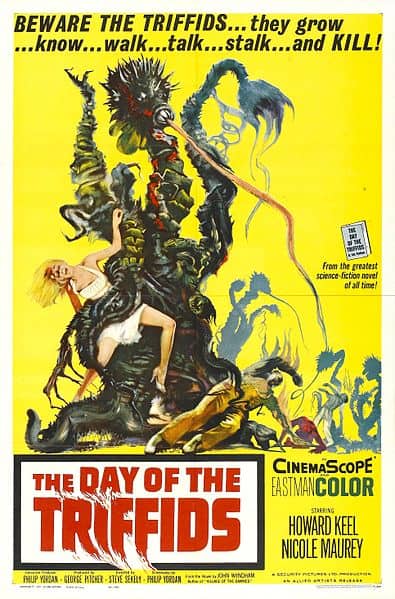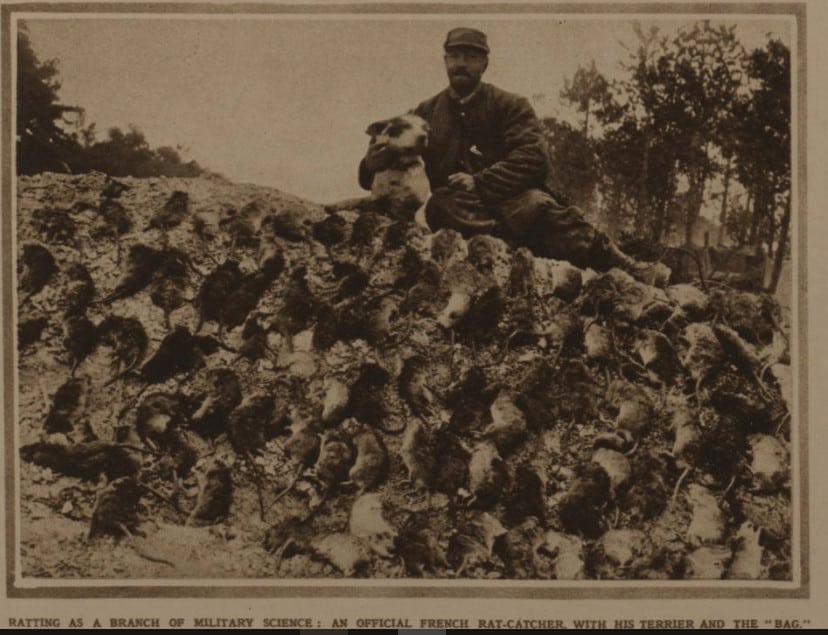│By André Buller, Gale Ambassador at the University of Portsmouth │
Throughout my historical studies, I remember the speed with which teachers and lecturers taught the Tudor period. Like a child faced with a wall of selections at the sweet shop, it’s practically impossible to give the entire period as much attention as one would like. Thus, more often than not the class would undergo a whistle-stop tour of the century, passing from the social unrest of Edward to the stark Catholicism of Mary’s reign with little consideration to what came in between. Lady Jane Grey has always been an interesting figure to me, and through the incredible resources of the Gale archives it is possible to inspect her further, and see how she has been remembered in the centuries that followed her brief and tragic reign.

